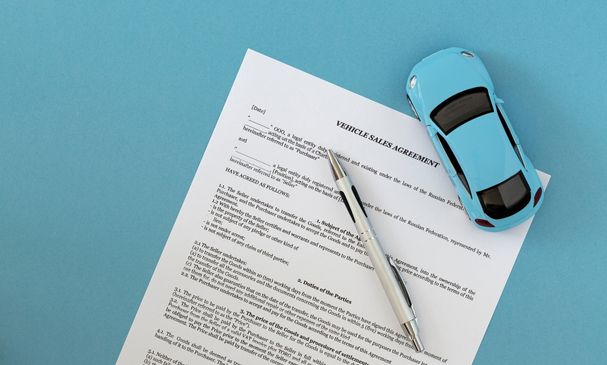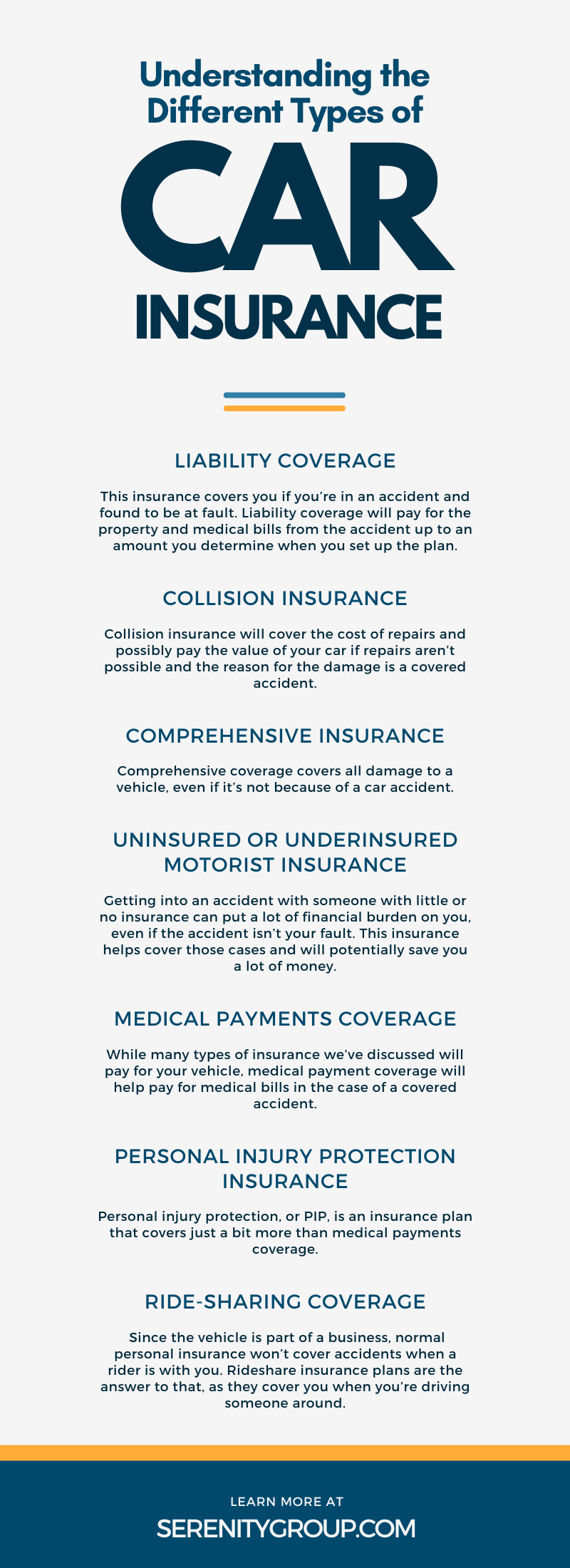Understanding the Different Types of Car Insurance

Auto insurance is necessary for all drivers in the US, as you cannot drive legally without it. However, there are many different types of car insurance out there, each covering different things. You must learn about your options so you can find the right plan for your needs. Here’s a look into what’s available across most of the US.
Liability Coverage
The first and possibly most important coverage type is liability coverage, which is a necessary part of almost every plan. This insurance covers you if you’re in an accident and found to be at fault. Liability coverage will pay for the property and medical bills from the accident up to an amount you determine when you set up the plan. SR-22 insurance quotes in Washington and other states use this type of insurance as their standard basis of insurance requirements.
Collision Insurance
Collision insurance will cover the cost of repairs and possibly pay the value of your car if repairs aren’t possible and the reason for the damage is a covered accident. This isn’t a legal requirement in most states, so you only need to get it if you are worried about paying for vehicle repairs in case of an accident. It’s not worth it in most cases where the value of a car is low.
Comprehensive Insurance
Comprehensive coverage covers all damage to a vehicle, even if it’s not because of a car accident. This plan will pay for vehicle repairs if something like a branch falls on it or someone accidentally scratches the paint. This is great coverage to get for your car but can add extra costs to your insurance premium, and you may never use it.
Uninsured or Underinsured Motorist Insurance
Even though it’s illegal to drive without insurance, many people still try to circumnavigate the law and drive without it anyways. Additionally, since every state has its own laws around insurance minimums, some people will have less coverage than others. Getting into an accident with someone with little or no insurance can put a lot of financial burden on you, even if the accident isn’t your fault. This insurance helps cover those cases and will potentially save you a lot of money.
Medical Payments Coverage
While many types of insurance we’ve discussed will pay for your vehicle, medical payment coverage will help pay for medical bills in the case of a covered accident. It doesn’t matter who is responsible for the accident; this insurance will still help pay for your bills. It could also cover your passenger’s medical expenses if they get hurt in the accident.
Personal Injury Protection Insurance
Personal injury protection, or PIP, is an insurance plan that covers just a bit more than medical payments coverage. They both cover medical bills after an accident, regardless of fault, but PIP helps cover other expenses after a car accident. This includes things like lost wages and other small financial losses after the accident. However, this insurance type isn’t available in all states, so keep that in mind when making your plan.
Gap Insurance
All vehicles lose value the moment they leave the lot. Even with good maintenance and care, you’ll likely never make back all your money on a vehicle when you resell it. This doesn’t matter much while you own the vehicle, but it greatly impacts how much insurance will pay to repair or replace it because they’ll only cover how much the car is currently worth. This means you’ll lose money if you need to fix a damaged car or replace a totaled one. Gap insurance will help cover the difference between your vehicle’s worth and how much you owe on it.
Towing and Labor Insurance
This is an optional insurance add-on you can get to help cover the costs of roadside assistance services. This insurance will help pay for things like filling a flat tire or jumping a dead battery. This can be a great way to save money on those small incidents, but sometimes other insurance plans will also cover the costs. It all depends on the plan you have with your insurance provider.
Non-Owner Car Insurance
In some situations, you may not own your own vehicle, but you drive frequently. One option that may be the best solution for you is non-owner car insurance. This provides the basic level of insurance necessary for your state but sticks with the driver rather than a specific vehicle. This is a great option if you frequently drive cars that you don’t own, and the owners don’t want to or can’t put you on their insurance plans.
Ride-Sharing Coverage
Many people are switching to rideshare services, which is great for getting around but poses a problem for traditional insurance plans. Since the vehicle is part of a business, normal personal insurance won’t cover accidents when a rider is with you. Rideshare insurance plans are the answer to that, as they cover you when you’re driving someone around.
Broad Form Insurance
Every state can set its own standards for insurance rates and coverage, which can get quite confusing for people looking for insurance. Broad form insurance is an insurance type that meets the state’s minimum requirements. This is normally a very cheap insurance option people can quickly invest in to get the insurance coverage they need to get on the road. However, not every state offers this insurance. You may want to increase your coverage as some state minimum requirements are very low and won’t offer much financial protection.
These are the types of auto insurance most states offer in some form or another, and you can build your plan with a company using these insurance types. Understanding these different forms of insurance will help you get the insurance plan you need to cover your vehicle when driving on the road and protect yourself financially. Additionally, a deeper understanding of these insurances can help you determine what you need in your own plan, saving you money as you don’t invest in plans you don’t need.


Recent Comments